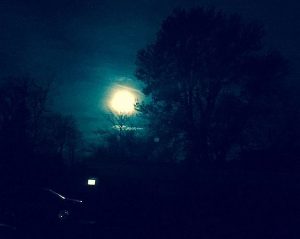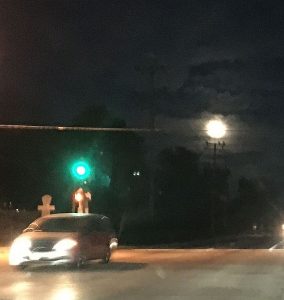Did you see the supermoon last night or, if an early, early bird, this morning when it was supposed to be closest to Earth and at its fullest?

You can photograph it any time but to have it appear larger than other full moons best is to take it low, not high in the sky and near something that might give it size dimension such as a building or tree.
You have time to snap a photo tonight and even Tuesday when it starts to wane but still looks full. Just make time to do it because even though you may have seen the one Oct. 16 and may catch the last of 2016’s three supermoons on Dec. 14, those two full moons aren’t as close.
The next supermoon as close to Earth as the one now will be Nov. 25, 2034, according to NASA.
If wondering what makes this supermoon different than the others this year it relates to the moon’s orbit. Supermoons are full or new moons that are within 90 percent of their perigee – the closest point to Earth of the moon’s orbit. The current supermoon appears larger than others because this time it reaches total fullness very close to its perigee, not just somewhat near it.
Perigee comes was at 5:23 Central Time today, Monday, Nov. 14, 2016. The moon crested at 7:52 CT.
You will see the supermoon reference on several respected space and sky websites but it isn’t an astronomy term. Instead it is attributable to astrologer Richard Nolle and originates in 20th century astrology about 1979.

Now, set a timer to snap the moon tonight or early tomorrow morning so you can share on social media.
Cheers to the man in the moon!
